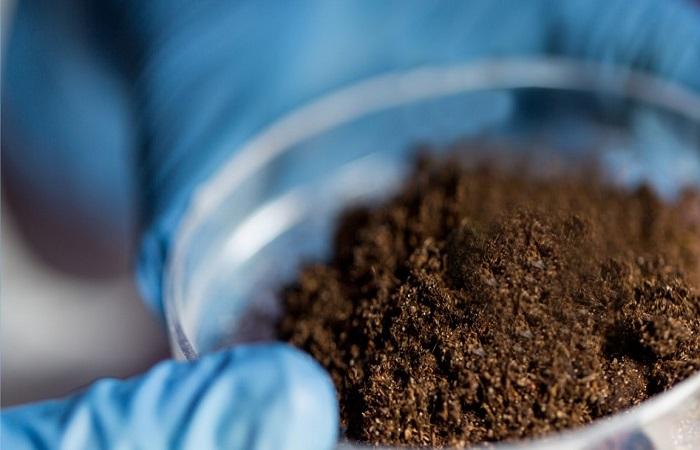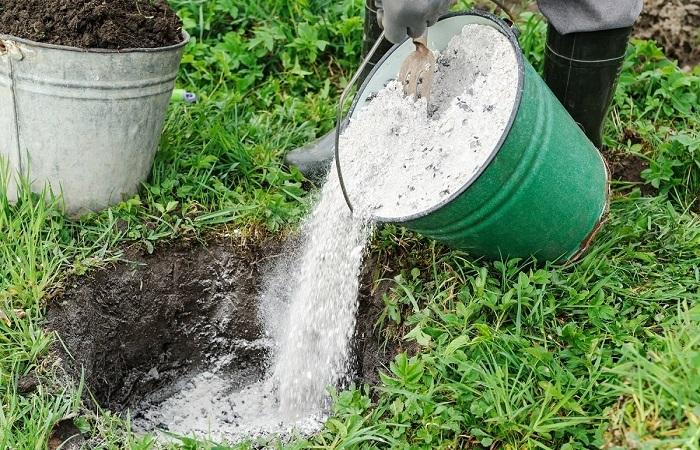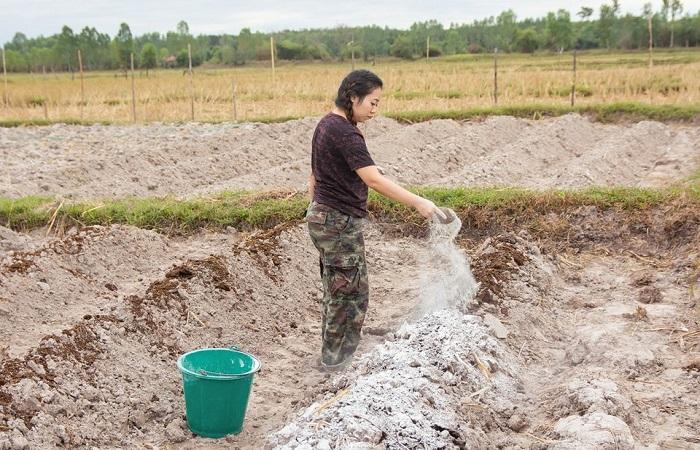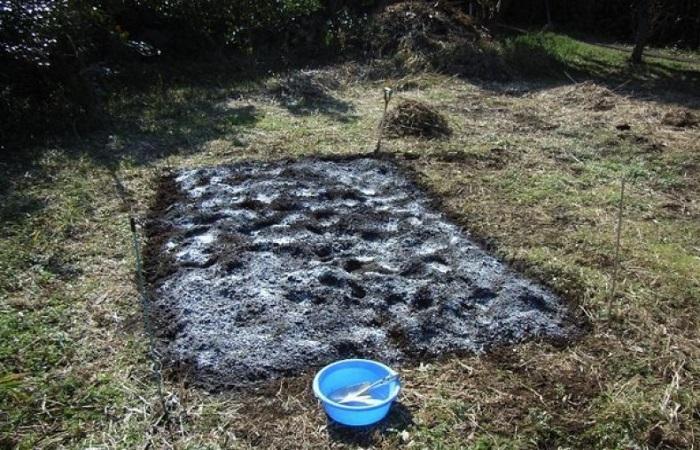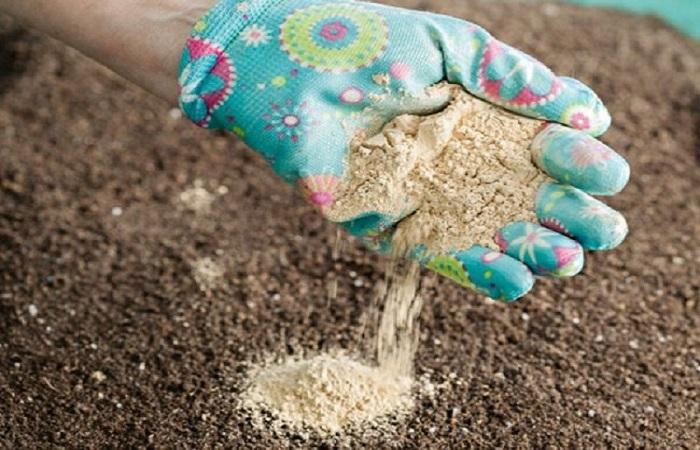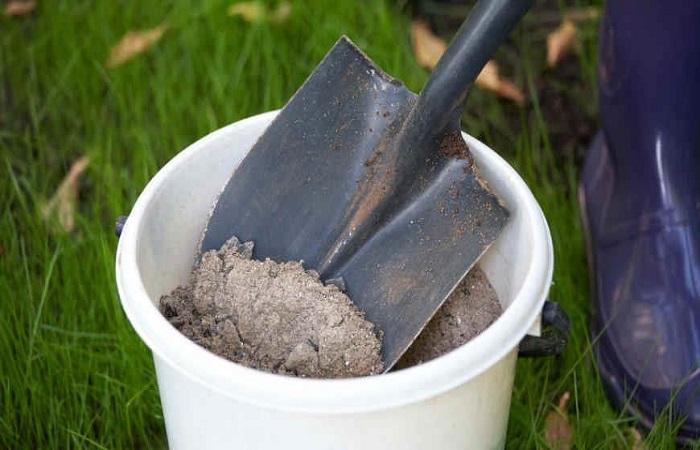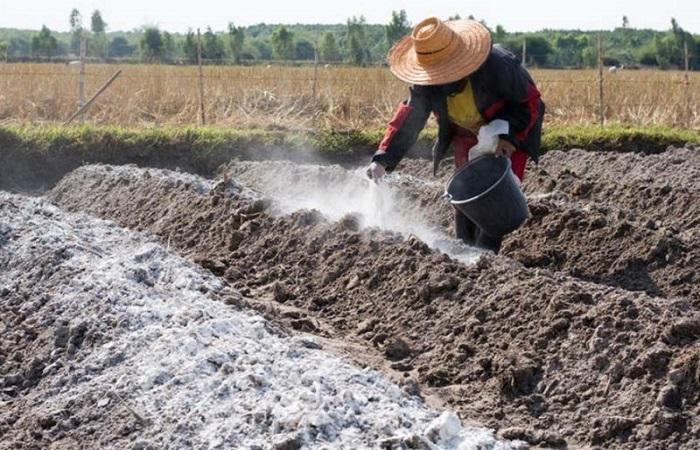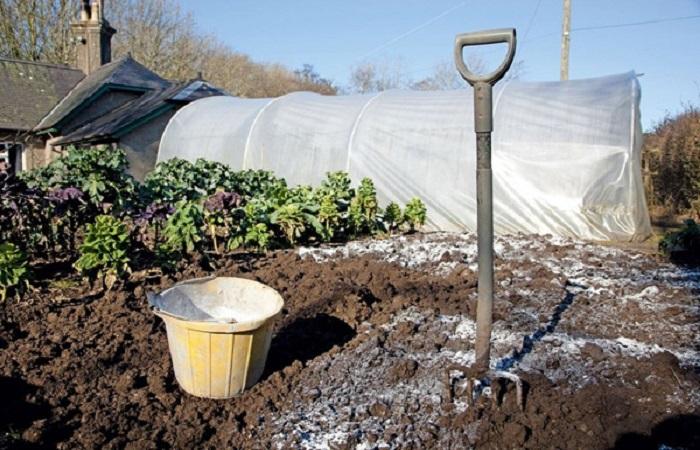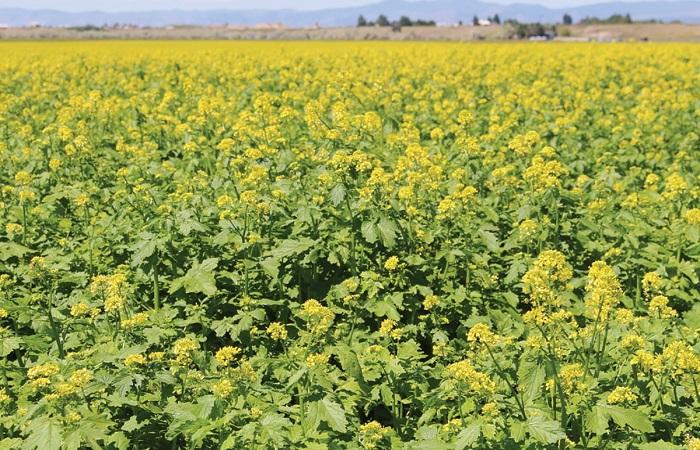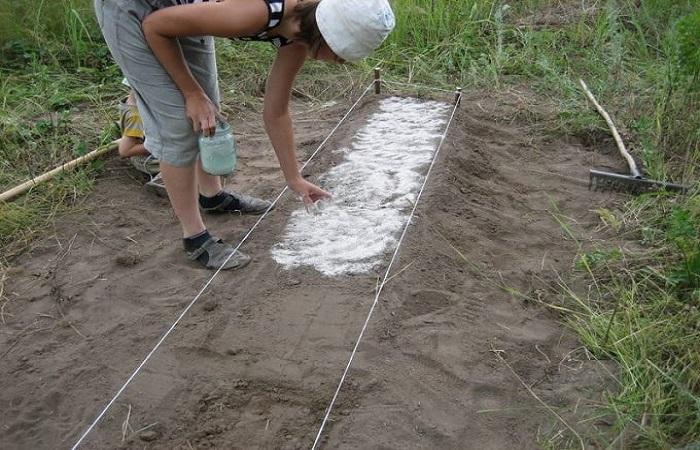Many agricultural crops produce good yields only when grown in soil with neutral acidity parameters. However, when an excess amount of hydrogen ions accumulates in the soil, there is a risk of oxidation. This leads to the weakening of trees, grasses and shrubs that are grown in such areas. In such a situation, there is a need for soil deoxidation.
How to determine acidity?
Today there are many methods for determining acidity parameters. Moreover, for this it is not at all necessary to contact specialists.
Litmus test
To determine the reaction of the soil in a garden plot, you need to take a few teaspoons of soil and universal litmus paper. After this, you can conduct a simple experiment. To do this, each portion of soil must be wrapped in a thick cloth, placed in a glass and mixed with the same amount of distilled water. After 5 minutes, you can take litmus papers and lower them into a glass for 1-2 seconds. When they change color, it will be possible to evaluate the pH values.
Vinegar
To determine the soil reaction at home, you can use vinegar with a concentration of 9%. To do this, you need to take glass, place it on a dark surface, and pour 1 small spoon of earth on top and pour a little vinegar. If a large amount of foam appears, we can say that the soil is alkaline. If it is not there, this indicates that the soil is acidic.
Beet tops
This folk method is considered one of the simplest. To determine acidity, it is enough to carefully examine the beets that grow in the beds. The darker the color of its tops, the more acidic the earth is.
When is the best time to deoxidize the soil?
You can reduce acidity in spring and autumn. In this case, it is necessary to take into account a number of features. Summer residents who have areas with wetlands and peat lands begin to deoxidize them before planting new plants or after harvesting.
At the same time, experienced farmers advise deoxidizing the soil in the fall. This is due to the introduction of large amounts of fertilizer in the spring. When substances interact, their effectiveness decreases.
In spring, it is allowed to use a small amount of fluff lime or dolomite flour. If complete deoxidation is required at this time of year, additional fertilizers will have to be abandoned.
Carrying out the procedure in the fall is considered a more preferable option for the following reasons:
- In the fall, gardeners completely dig up the plot to a depth of 20 centimeters. Thanks to this, the substances that are used to neutralize acidity will help cover the soil as much as possible and give a good effect.
- Deoxidizers are characterized by long-term absorption in the soil structure, since they are characterized by low solubility. Therefore, applying such compounds at the end of September or in October will help to successfully neutralize pH parameters during the winter.
- After autumn deoxidation, it is permissible to apply fertilizers in the spring. They are easily absorbed by plants and improve their development.
How to deoxidize the soil in the garden?
Today, many products are known that help make the soil on the site less acidic. It is important to adhere to the dosage and rules of their use.
Lime
To reduce acidity parameters, it is permissible to use lime. Moreover, it should be applied in stages. When developing a vegetable garden or digging up beds at intervals of 2 years, it is necessary to add the bulk of lime. Then it is recommended to repeat the procedure. However, the amount of substance must be reduced.
If the acidity is uneven, the soil should be limed zonally. It is recommended to apply the substance only to those plants that especially need a normal soil reaction.
Dolomite flour
This product is usually used for light types of soil - sandy and sandy loam. It is important to choose the finest dolomite flour.It should be used for “slow crops” - fruit bushes, potatoes, trees. To deoxidize the area, it is necessary to add 500-600 grams of the substance per 1 square meter.
Ash
This remedy is not considered the best option for deoxidation, since it does not help replenish the lack of calcium. However, if the acidity in the area is uneven and lumpy lime was used in previous years, it is permissible to use ash.
Plaster
This substance also has pronounced deoxidizing properties. However, it has an important advantage. Gypsum requires acid, not moisture, to dissolve in the soil. Therefore, immediately after application, it reacts with acidic soil, reducing its indicators to normal. Then the remaining substance remains in a passive state. When the soil acidifies again, the gypsum begins to work again.
When applying the product, you must observe the following dosages per 1 square meter:
- for acidic soil use 400 grams of the substance;
- on soils with average acidity, use 300 grams of the product;
- for areas with weak acidity, 100-200 grams of gypsum are required.
Chalk
Chalk is considered a type of lime, but it is characterized by a milder effect on the soil. Therefore, it should be used for soil that has a slightly increased acidity level. Unlike ordinary slaked lime, chalk can be used in small quantities before planting in the spring - 2 weeks before work.
If necessary, autumn deoxidation should use the following dosages per 1 square meter:
- in areas with weak acidity it is worth using 100 grams of the product;
- for medium acidic soil, 200 grams of chalk are needed;
- for highly acidic soil, 300 grams of the substance will be required.
Green manure plants
To reduce soil acidity parameters, you can plant special plants in the beds. The most effective green manures include:
- phacelia;
- alfalfa;
- sweet clover;
- rye;
- white mustard.
Complex deoxidizing preparations
Today there are many combination products on sale that have deoxidizing properties. Due to this, the addition of the substance reduces the acidity parameters.
It is recommended to apply such products in the autumn - when digging up the site. After which the beds need to be watered. It will be possible to achieve a neutral soil reaction within 2-3 years.
Plants that love acidic soil
It is not always necessary to deoxidize the soil. There are quite a few plants that grow well in soil with high acidity. Among ornamental crops, this applies to hydrangeas, ferns, and lupins. In such soil you can grow wild mint, rhubarb, and rhododendrons. At the same time, vegetables predominantly prefer slightly acidic and neutral soil, which includes many valuable components.
Deoxidation of the soil is considered an important procedure that helps to achieve the desired soil reaction and improve plant development. In this case, you need to choose the right product and adhere to the rules for its use.

